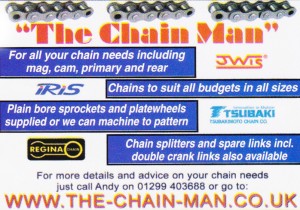 “I specialise in supplying high quality chains for motorbikes (especially for classic bikes) and automotive chains for race engines.
“I specialise in supplying high quality chains for motorbikes (especially for classic bikes) and automotive chains for race engines.
I use my 38 years of experience to ensure you are using the most suitable and highest quality chain on your machine –
I stake my reputation on every chain I supply.” 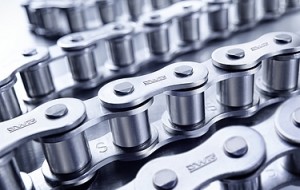
Andy Forsdick (a.k.a. “The Chain Man”)
Most chains for motorcycles are firmly rooted in industrial product, in most cases 10B-1 (rear) and 08B-1 (primary). The fact that companies such as Renold and Iwis made high quality chains meant that the chains worked well, and still do. Many manuals and application lists still use the Renold references; after all they were the first and still are the biggest manufacturer. If in doubt use these references as any “chain expert” will know what is what.
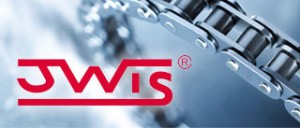 With BS standard all chains and spares should be interchangeable. The fact that chains imported from Japan had differing pin and plate sizes so spares, connectors etc, could not be used from manufacturer to manufacturer meant new designations were introduced. For example for 530 read 10B-1.
With BS standard all chains and spares should be interchangeable. The fact that chains imported from Japan had differing pin and plate sizes so spares, connectors etc, could not be used from manufacturer to manufacturer meant new designations were introduced. For example for 530 read 10B-1.
This has caused some confusion. Go to a local bearing company and ask for a 10B-1 connecting link and they will ask how many you want. Ask for a 530 link and it may well be a different matter. The differing systems also cause some confusion with classic bikes. For example, many older machines including B.S.A Bantams and Triumph Tiger Cubs use a chain with the Renold number 110044 that many owners think is the same as 420. Whilst the pitch and inner width match, ½” and ¼”, the most important gearing dimension, the roller diameter, is different! The 110044 has a roller diameter of 0.335”, whilst the 420 has one of 0.305”. Yes, it will wrap round the sprocket but will give problems if run.
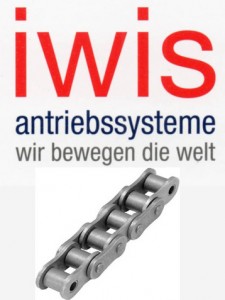 The fact that most bikes were designed around standard product availability at the time means that in most cases modern chains with large plates will tend to foul chain cases when used. The choice of chains is therefore critical. The Renold Ref. 110054 is a 5/8”x ¼“chain and in the Japanese systems the gearing equates to 520, however fit a 520 to some B.S.A’s and Norton’s and you will have a problem.
The fact that most bikes were designed around standard product availability at the time means that in most cases modern chains with large plates will tend to foul chain cases when used. The choice of chains is therefore critical. The Renold Ref. 110054 is a 5/8”x ¼“chain and in the Japanese systems the gearing equates to 520, however fit a 520 to some B.S.A’s and Norton’s and you will have a problem.
There are also a lot of people who like quoting “Heavy Duty” which on bikes is a bit of a smoke screen. Motorcycles generally do not break chains instead they wear them out. Drag bikes tend to have chain failures leaving the line, but on normal road bikes breaking a chain points to a problem with the drive. Breaks can be caused by shock load such as the chain contacting a bolt head or even a stone chip entering the system. A stone will give a chain enough shock load to break it but then either drop out or even get turned to dust leaving no sign as to why the failure occurred. A good quality “light” chain is far better than a “heavy” one. The 630 chain proves this point as many “superbikes” started to use this massive product, only to swiftly return to 530.
The thorny issue of “O” Ring Chains will be discussed for years. I have a 1200 Bandit running on standard light 10B-1 chain, non “O” ring. For my way of thinking a small bit of rubber adds nothing to the overall strength although for ease of maintenance it does make a lot of sense. I have even seen “O” ring chain used on classic primary drives, as one Panther owner stated “even with no oil in the case it still works well”.
On to the thorny issue of Chain Lubrication. Firstly, any lubrication is better than no lubrication at all. After this basic fact there are many favoured ways of lubing a chain and everybody has their own ideas. The only way to fully lubricate a chain is to boil it in wax, however this is time consuming, messy and above all, could be grounds for divorce. Every pin and bush in a chain is a bearing and as such needs lube, and boiling a chain means the wax does actually get to where it is needed.
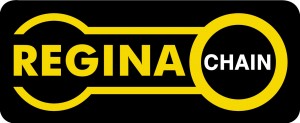 A good tip is to leave the chain in for some time, as it has to get to the same temperature as the wax for the lube to penetrate. There should then be enough heat in the chain to drain off all the excess leaving the chain relatively grease free on the outside. A word of warning here,“O” Ring Chains should not be treated in this way.
A good tip is to leave the chain in for some time, as it has to get to the same temperature as the wax for the lube to penetrate. There should then be enough heat in the chain to drain off all the excess leaving the chain relatively grease free on the outside. A word of warning here,“O” Ring Chains should not be treated in this way.
There are several“Oilers” on the market and I will remind you of my first comment about lubrication. At the risk of upsetting people I would also suggest using other forms of lube in the system such as diesel engine oil, which is cheap and has lots of detergent. Also to reduce flow, try an aquarium airline clamp.
As for“Chain Sprays” there is a general rule that applies to most bike products, put “motorcycle” or“race” on a product and the price increases and the quantity decreases. There are some good industrial spray cans available, so ask your local bearing distributor. Use any spray sparingly as it will mostly end up on your machine or the road but at the risk of repeating myself, any lube is better than none.
One final tip, if I put the same chain on 10 different bikes I will get many differing comments from “this is rubbish” to “the best product ever”. Whatever product you are fitting from chains to tyres fit one that suits your machine and riding style. When you buy a chain ask questions such as “who makes this chain and where” or if buying a cam chain “is this automotive quality”. Any seller who can’t or won’t answer is to be avoided.
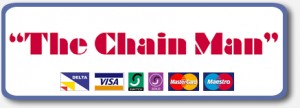 Above information kindly supplied by our friend & Trusted Trader, Andy Forsdick (a.k.a The Chain Man). For anything about chains, he is the guy to go to!
Above information kindly supplied by our friend & Trusted Trader, Andy Forsdick (a.k.a The Chain Man). For anything about chains, he is the guy to go to!
Contact Details:-
The Chain Man,
11 Gloucester Way, Bewdley, Worcestershire, DY12 1QF
Tel: 01299 403688 or Mobile: 07860 577919
Email: Jason@the-chain-man.co.uk
Web: www.the-chain-man.co.uk
Michael W George (& John Abram)
